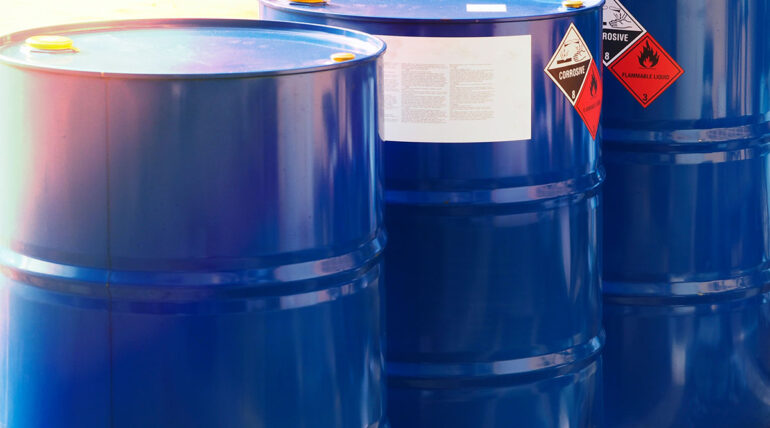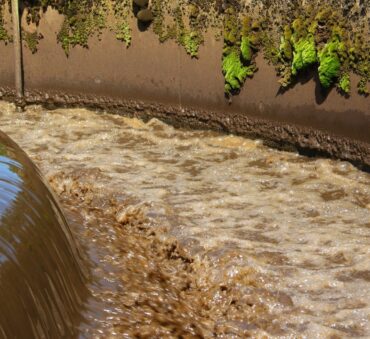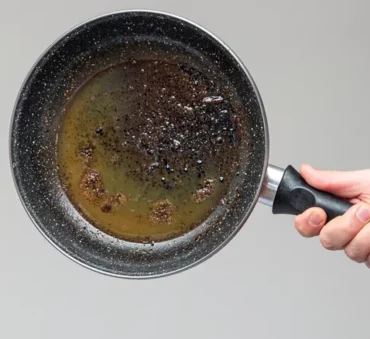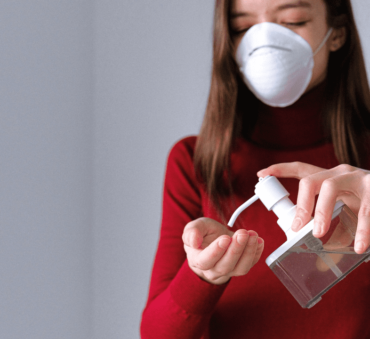In the race for industrial advancement and scientific progress, we’ve achieved milestones that were once only figments of the imagination. From modern healthcare to communication technologies, these innovations have undeniably improved countless aspects of our day-to-day lives. But every coin has two sides.
On the flip side of this advancement, we’ve got an increasingly significant problem: hazardous waste. And among the different types of hazardous waste, liquid waste often poses some of the greatest challenges due to its mobility and the difficulty of containing it. So, what exactly sets hazardous liquid waste apart? Is it the same as toxic waste? And how can we manage it effectively and responsibly?
Hazardous liquid waste definition
Hazardous waste is any waste material that has properties that make it potentially harmful or dangerous to human health or the environment. In essence, hazardous waste is a broad category encompassing a multitude of substances, all of which pose some degree of risk.
When we zoom in on hazardous liquid waste, we’re referring to a specific subset of these dangerous materials—those that exist in a liquid state. This category includes a diverse array of substances, from industrial effluents to certain types of medical waste. Essentially, it’s a type of hazardous waste that can flow as a liquid, either on its own or with other materials, and poses threats to the environment and human health.
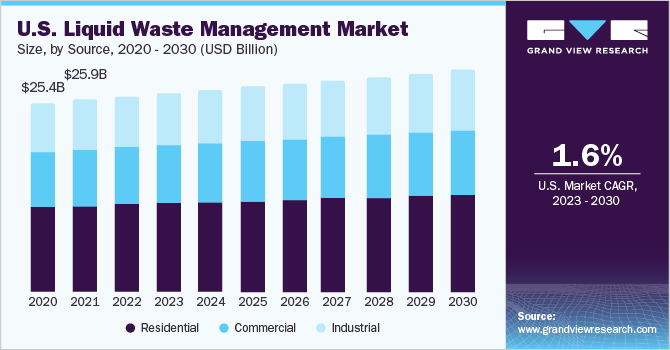
Liquid hazardous waste classifications
Classification plays a key role in the safe and effective management of any type of waste. For hazardous waste, and by extension, hazardous liquid waste, the EPA has provided guidelines for classification based on four specific characteristics: ignitability, corrosivity, reactivity, and toxicity.
Ignitability
Ignitability refers to the ability of a substance to create fire under particular conditions. Ignitable wastes are those that can easily catch fire, such as liquids with a flash point (the lowest temperature at which the vapors above the waste ignite) of 60 degrees Celsius or below. These liquids, in the context of hazardous liquid waste, could be certain types of industrial solvents or waste oils.
Corrosivity
Corrosive wastes, as the name suggests, are substances that have the ability to corrode metals. These are typically acids or bases with a pH less than or equal to 2 or greater than or equal to 12.5. Corrosive wastes could potentially result in leaks from their storage containers, causing environmental damage.
Reactivity
Reactive wastes are those that are unstable under normal conditions. These wastes can cause explosions or produce toxic fumes, gases, or vapors when subjected to heat, compression, or contact with water. This category could include certain kinds of outdated or improperly stored chemicals.
Toxicity
Toxic wastes are those that can prove harmful or fatal when ingested or absorbed by living beings. When toxic wastes are improperly disposed of on land, contaminated liquids can leach out from the waste and pollute groundwater, resulting in serious environmental and health hazards.
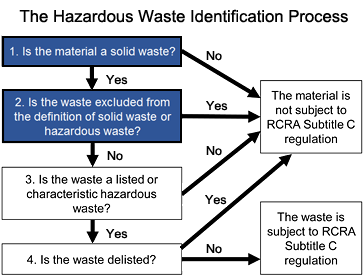
Hazardous liquid waste examples
When it comes to hazardous liquid waste, it’s not just a simple, homogeneous group. On the contrary, we can find a multitude of categories, each possessing unique characteristics and potential risks. To better understand this, let’s consider some concrete examples:
Industrial Liquid Waste
Industrial sectors, such as manufacturing, mining, and oil refineries, are arguably the most voluminous sources of hazardous liquid waste. These liquids may contain a multitude of pollutants, including heavy metals, organic compounds, or radioactive materials.
For instance, manufacturing plants often produce effluents containing heavy metals such as lead, cadmium, and mercury. These metals are toxic and can cause severe environmental and health problems if not properly managed.
Medical Liquid Waste
Medical and pharmaceutical establishments generate a significant amount of hazardous liquid waste. This includes blood and body fluids, which are potentially infectious. It can also include expired or unused pharmaceutical products that can harm the environment and public health if improperly disposed of. We cover a great example of how to dispose of expired hand sanitizer in a responsible, environment-friendly way. Even the effluents from pharmaceutical manufacturing processes often contain active pharmaceutical ingredients (APIs) that can disrupt ecosystems and contribute to the emergence of drug-resistant bacteria.
Household Liquid Waste
While often overlooked, households also generate various types of waste. Some of the main types are household food waste and hazardous liquid waste. Common examples include leftover paint, used motor oil, and cleaning solvents. Each of these contains harmful chemicals that need proper disposal. For instance, used motor oil can contain heavy metals from engine wear, while certain cleaning solvents can contain hazardous compounds like ammonia or bleach.
Agricultural Liquid Waste
There’s a considerable portion of agricultural waste that consists of hazardous liquid waste. This primarily comes in the form of pesticide and fertilizer runoff. Excessive use of these substances can lead to their leaching into groundwater or runoff into surface water, leading to water pollution. Additionally, liquid waste from animal farming activities, such as manure and urine, can contain harmful bacteria and excessive nutrients, leading to local and downstream water quality issues if not properly managed.
Hazardous liquid waste disposal
Hazardous liquid waste management can be a complex process, often involving several stages. Each stage needs to be managed carefully to ensure the waste is dealt with safely and with minimal risk to both human health and the environment.
Transport
The first step in managing any liquid waste is its safe transport from the site of generation to the location where it will be treated or disposed of. Specialized containers and vehicles are required to prevent any spillage or leaks during transport, which could lead to environmental contamination. Drivers require special training, and transport routes are often planned to minimize potential impacts should an accident occur.
Storage
The waste may need to be stored temporarily before it undergoes treatment or disposal. This step, too, has its own complexities. Storage facilities must be designed to prevent leaks and spills. They must be located away from areas at risk for natural disasters, and regular inspections are required to detect any potential issues early. Importantly, these sites must have emergency plans in place, ready to be implemented at the first sign of trouble.
Treatment
The treatment phase aims to process the waste to make it safer for final disposal. There are several treatment methods, each suited to specific types of waste.
- Physical methods involve processes like sedimentation or filtration to remove solids from liquid waste.
- Chemical treatment methods include neutralization, oxidation, or reduction to alter the waste’s hazardous characteristics.
- Biological treatment is also an option for some wastes, where microbes are used to break down organic pollutants.
- Advanced treatment methods such as incineration or thermal desorption may also sometimes be used to completely destroy the waste.
Recycling
The final stage of hazardous liquid waste management is disposal. Despite all the treatment and recycling efforts, some waste still needs disposal. It’s vital to ensure this is done in a way that minimizes environmental impact. Landfilling is a common disposal method, but for hazardous liquid waste, it requires specially designed landfills with liners and leachate collection systems. Other methods include deep-well injection, where waste is pumped into isolated porous rock formations deep underground.
Disposal
The final stage of hazardous liquid waste management is disposal. Despite all the treatment and recycling efforts, some waste still needs disposal. It’s vital to ensure this is done in a way that minimizes environmental impact. Landfilling is a common disposal method, but for hazardous liquid waste, it requires specially designed landfills with liners and leachate collection systems. Other methods include deep-well injection, where waste is pumped into isolated porous rock formations deep underground.
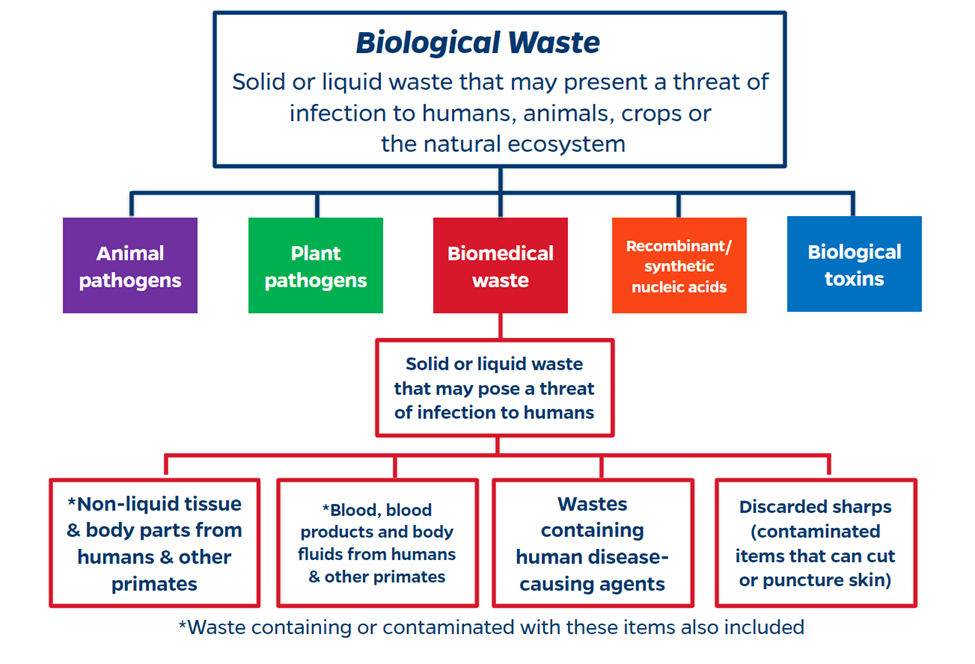
Impact of hazardous liquid waste disposal on the environment
Every drop of hazardous liquid waste improperly handled can have a ripple effect on our environment that is far-reaching and profound. Seeping into our soil, it can harm the biodiversity within, transforming fertile lands into lifeless zones. Flowing into our water bodies, it threatens aquatic life, taints our drinking water, and disrupts entire ecosystems. Rising into our air, it leads to air pollution and contributes to global climate change. But perhaps what’s even more concerning is that the impact of these pollutants is not just restricted to the environment; it extends to us. The toxins that infiltrate our water, soil, and air inevitably find their way into our bodies, causing an array of health problems, some even life-threatening.
So, what can be done? By disposing of it responsibly and promoting safe disposal practices, a drastic difference can be made. Each one of us has a role to play in mitigating these effects. Whether it’s a business adopting safer waste disposal methods or a homeowner thoughtfully disposing of household chemicals, every action counts.
How can hazardous liquid waste disposal companies help?
Failure to properly manage hazardous liquid waste can not only lead to the aforementioned environmental impacts but can also result in serious legal consequences for industries. Violations of waste disposal regulations can result in hefty fines and even lawsuits.
Liquid waste disposal companies, such as Shapiro, can provide an efficient, compliant, and environmentally friendly solution for various businesses seeking a sustainable solution. We have years of expertise and resources to manage all stages of hazardous liquid waste disposal, from transport to final disposal, ensuring that the waste is handled safely and responsibly.
Remember, proper waste management is not only a regulatory requirement—it’s also our responsibility to the planet and future generations. If you’re in need of hazardous liquid waste disposal services, don’t hesitate to contact us. We’re here to help.
Frequently asked questions
Yes, combustible liquids are indeed considered hazardous waste. The reason behind this classification is their potential to catch fire under specific conditions, posing a threat to both human safety and the environment. The exact criteria for classifying a liquid as combustible can vary, but they generally include liquids with a flash point above 60°C but below 93°C. Examples of such liquids include certain oils, paints, and solvents.
Yes, certain types of liquid hazardous waste can be subjected to a process called incineration. Incineration involves burning the waste at high temperatures to destroy the hazardous components and reduce the waste volume. This method is often used for wastes that are difficult to treat by other means, such as certain medical wastes or persistent organic pollutants. However, incineration must be carefully controlled to avoid releasing harmful pollutants into the air. Therefore, it’s advisable to first seek out more environmentally friendly and sustainable solutions before opting for incineration.
While it’s technically possible to dispose of some types of non-hazardous liquid waste in a landfill, it’s often discouraged or regulated by environmental protection authorities. The reason is the potential for liquid waste to seep into the ground, contaminating soil and potentially reaching groundwater.
Although it might seem like the waste has disappeared, the process can release hazardous compounds into the air, contributing to air pollution and potential health risks. Moreover, some hazardous components may not evaporate but instead remain as a concentrated residue. It is essential to use approved methods for hazardous liquid waste disposal to ensure safety and environmental protection. Always consult with a professional waste management service or your local regulatory agency for guidance.
Baily Ramsey, an accomplished marketing specialist, brings a unique blend of anthropological insight and marketing finesse to the digital landscape. Specializing in educational content creation, she creates content for various industries, with a particular interest in environmental initiatives.
